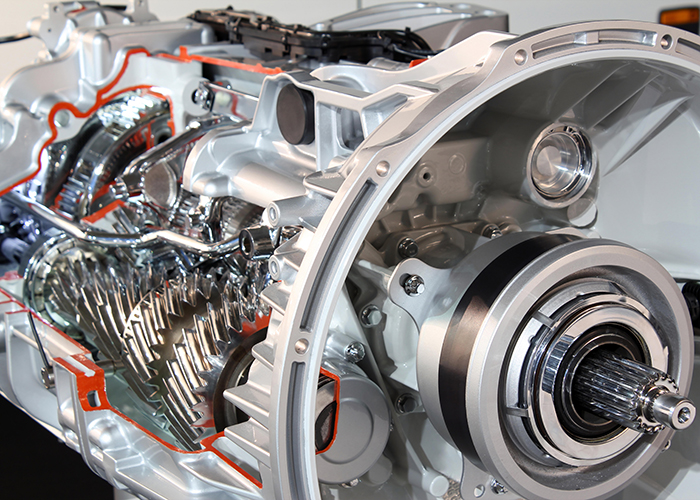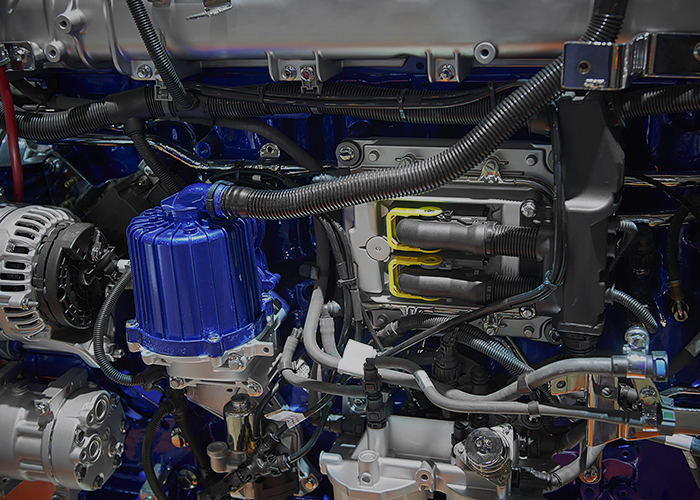Engine Repairs
6 Simple Steps to Car Engine Repairs
What to do if it happens to you
That terrible noise when it should be silent. That terrible silence when it should be noisy. Whatever’s wrong with your car, you know it’s bad. But how bad is bad? Follow these 6 steps to getting your car engine repairs done right.
1. Ask for an estimate, in writing and if there is a cost for the estimate.
Most reputable shops will have no concerns about providing you with a written estimate. For ease of use (and depending on your level of trust), you can ask the shop to contact you if the cost of the repair is going to exceed the estimate by more than 10%. In addition, it never hurts to ask that if you proceed with the repairs, that the cost of the estimate be waived.
2. Get the old parts back.
Getting the old parts that were replaced is a reasonable request. It’s useful in case there was a dispute (for example, you believe the mechanic did additional work than was necessary) as a second mechanic can inspect those parts for wear and tear. However, you should know that you may have to pay a ‘core’ charge to get the part; this is a reasonable charge because many parts (such as distributors or engines) have valuable internal parts that can be reused, which obviously can’t be in this case).
3. The number one thing you must never do: Sign a blank work order!
Even just being asked to should make you turn around. In fact, your work order should contain not just your personal details (car type, your name, etc) but also a description of the work required. You can also request a copy of the completed work order. As can happen sometimes, if the garage finds that additional work needs to be done, ask them to prepare a second estimate and receive your permission before proceeding with the new work.
4. Get a second opinion.
Just as in medicine, getting a second opinion is a wise practice. Particularly if the cost exceeds either what you’re willing or expected to pay based on your experience.
5. Use industry accepted guidelines.
Industry accepted guidelines for repairs are available online and can be used as a rough guide to understanding the costs involved. However, remember costs may vary for your make and model as well as your problem, so they should be used with some caution.
6. Find the right garage.
Like many recommendations, word-of-mouth from a trusted source is one of the best ways. However, in the age of the internet, you can also read online reviews and various auto forums in your local area. For specialized repairs, you’re generally best off by going through a specialist instead of a general auto body shop, who may often outsource major repairs (and you’ll just pay a fee on top of that).









